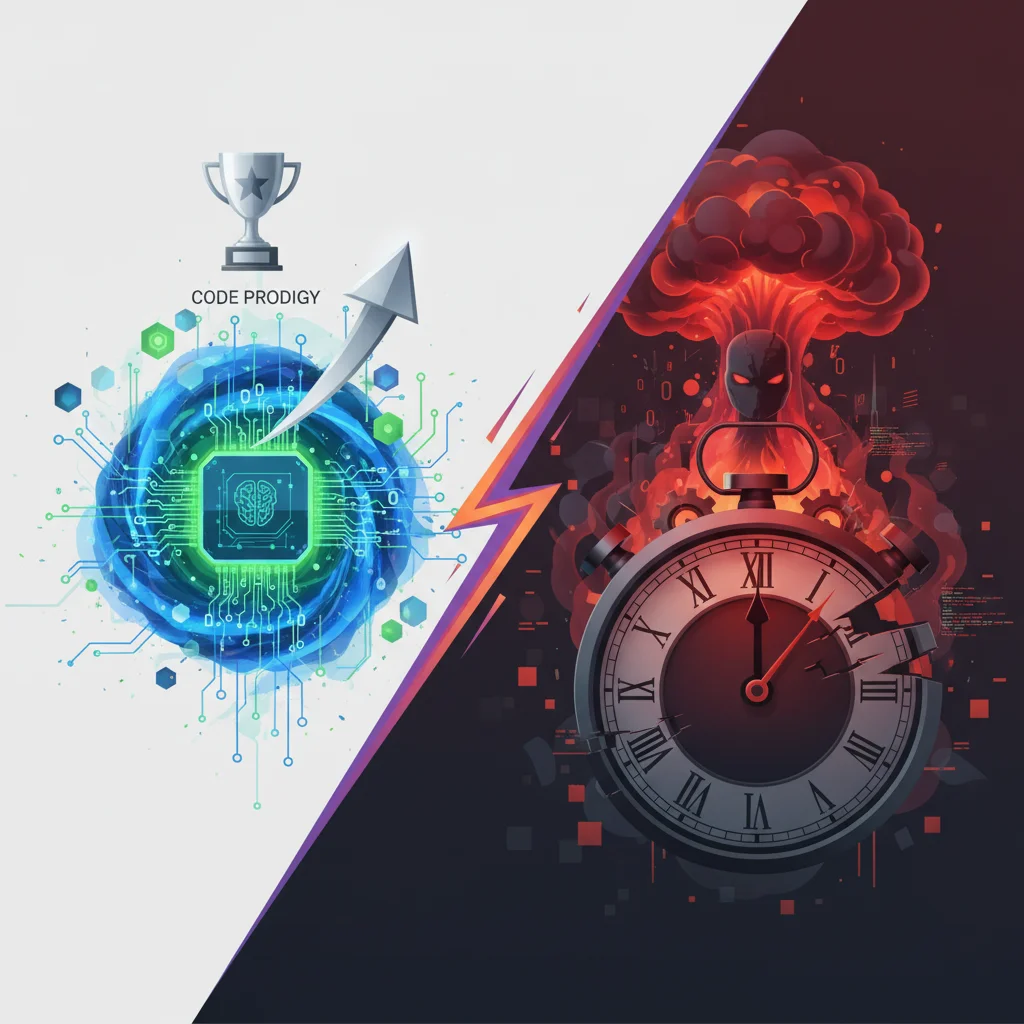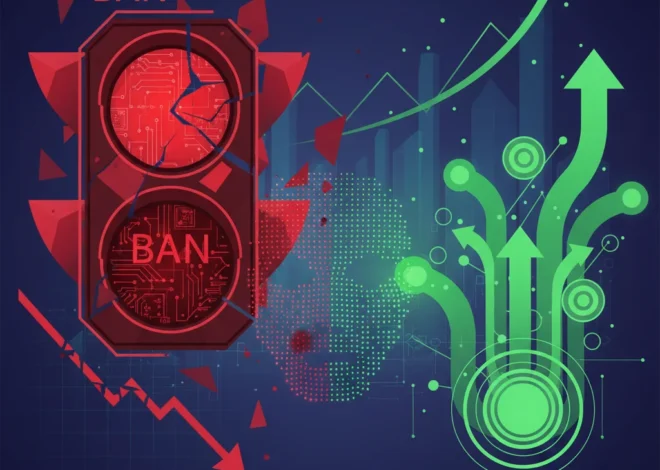
From Code Prodigy to Doomsday Clock: Unpacking DeepSeek’s Rise and the AI Existential Debate
The world of artificial intelligence moves at a blistering pace. One week, the tech community is celebrating a groundbreaking new model that can write flawless code; the next, headlines are filled with dire warnings from AI pioneers about the potential end of humanity. It’s a whiplash-inducing cycle of hype and fear, and it can be tough to separate the signal from the noise.
This year, no story better captures this duality than the meteoric rise of a Chinese AI lab called DeepSeek. They seemingly came out of nowhere to challenge the industry’s giants, while their very success poured more fuel on the fire of the “AI doomsday” debate.
So, what’s the real story behind DeepSeek? And how seriously should we take the existential warnings about AI? Let’s cut through the chatter and explore what this means for developers, entrepreneurs, and anyone trying to navigate the future of technology.
The Dragon Enters the Arena: Who is DeepSeek and Why Did They Go Viral?
In the high-stakes world of AI, a few names dominate the conversation: OpenAI, Google, Anthropic. But earlier this year, the leaderboard for coding models was suddenly topped by a new contender: DeepSeek. This Beijing-based company, an offshoot of the private quantitative investment firm High-Flyer AI, released a suite of powerful, open-source language models that sent shockwaves through the developer community.
Their flagship, DeepSeek Coder, wasn’t just good; it was exceptional. On several key benchmarks, it outperformed established, closed-source models in tasks related to programming and code completion. For developers and startups, this was a watershed moment. Here’s why it mattered so much:
- The Power of Open Source: Unlike models locked behind expensive APIs, DeepSeek’s models were freely available. This democratizes access to cutting-edge AI, allowing anyone from a solo developer to a fledgling startup to build sophisticated applications without a massive budget. It’s a huge boost for innovation and competition.


